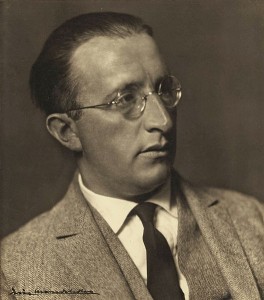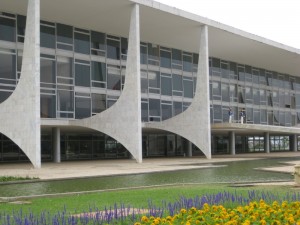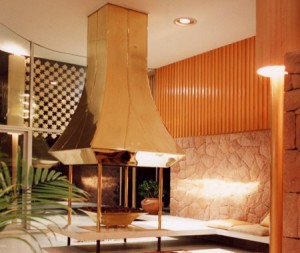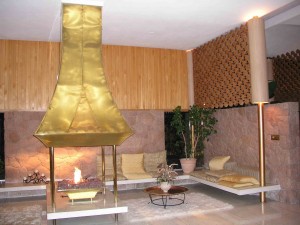No Hoopla
Much has been written about the recently completed FDR Memorial in New York, designed by Louis Kahn. It was the great architect’s last project, and he had just completed it when he died in 1974, almost four decades ago. Kahn’s design reminds us how much has changed in forty years. First, the commission was not the result of a competition, no hoopla, no wowing the jury, no rush. Instead Kahn was given the time to ponder and reflect—which is how he worked, anyway. Second, although the site covers about three and a half acres on the tip of Roosevelt Island,




